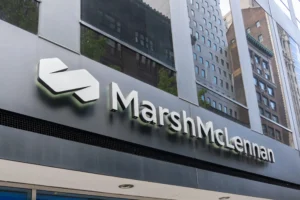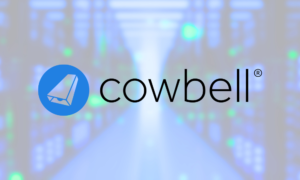DriveWell is opt-in technology that’s embedded within cell phone apps or in addition to the apps that insurance carriers, OEMs, and others use to send push alerts or texts to their customers about their driving habits. The notifications would let drivers know that they’ve been speeding, hard braking, driving distracted, cornering, departing their lanes, or acting in other regular risky behaviors then would provide tips to improve those actions.
In the event of a collision, claims process data would be collected in real-time. An example is the free Openroad app, which can send emergency services to the crash scene. CMT’s tech also helps ensure vehicles get to the right repair facilities for assessment and/or repairs.
CMT Vice President of Strategy Ryan McMahon told Repairer Driven News said what’s new for DriveWell is an improvement of the mechanisms and methodology by which feedback is given to drivers and the toolsets they’re given. Toolsets are tailored to each user by their choice to opt-in to certain tracking options and alerts.
Measuring risk alone isn’t enough, McMahon said. “The key is building the right communication tools to help, eventually, reduce that risk over time.”
He added that DriveWell Messaging “incorporates learnings from millions of drivers and specific research studies that have been conducted to help the users of the technology understand how their driving is analyzed, and more importantly what they can do to reduce their crash risk.”
There’s a misconception that opting-in means giving CMT and its customers — such as insurers, OEMs, and rideshare companies — access to what apps you’re using and other activities on your phone. All that’s tracked is sensor data from each phone’s gyroscope, magnetometer, GPS, light sensor, and other physics components, McMahon said.
DriveWell Messaging uses automated engagement campaigns via texts and push notifications to:
- Send a message after telematics apps are downloaded to remind drivers to activate the services they want;
- Let drivers know they’ve earned safe driving reward points and encourage them to continue driving safely; and
- Help drivers reactivate their apps, protect their discounts, and ensure CMT can detect and send help if they’ve been in a car crash.
CMT plans to also regularly release new campaigns for DriveWell.
CMT notes in a recent news release that “customer engagement is the foundation of making roads and drivers safer and building a healthy telematics program.” CMT research has found that highly engaged drivers are 65% safer on the road than unengaged drivers and are 57% less distracted.
According to CMT, drivers who are engaged in telematics programs are also more likely to stay in them. For example, drivers who are highly engaged in the first 30 days of a new program are 160% more likely to be retained, and “retention is essential to ensure consumers get their safe driving discounts and for the overall success of a telematics program.”
“Helping our customers develop safer driving habits is one of our highest priorities, and engaging them is a powerful strategy to help them improve,” said Kelly Hernandez, AVP Personal Lines Telematics at Nationwide, in the release. “Engagement with automated messaging improves the overall customer experience, and helps ensure they get the full benefits from our telematics program, including their safe driving discount.”
CMT Chief Product Officer Katherine Wellman added that the company’s research shows “engaging people is critical for improving driving behaviors and ensuring they get the full benefits of a telematics program.”
McMahon pointed RDN to previously published statistics by the Wall Street Journal on phone-related distractions being the leading cause of teen crashes. The article highlights drivers’ use of State Farm’s Drive Safe & Save app, Progressive Auto Insurance’s Snapshot app and This App Saves Lives — an app that rewards people for not using their phones when they’re driving — to help reduce those risks.
“CMT’s mission is to make the world’s roads and drivers safer and one of the most important tools to accomplish that mission is accurate measurement of risk accompanied by feedback to drivers to help them understand how their behavior impacts their safety,” McMahon said. “This is enhanced by incentives like the billions of dollars the insurance industry provides via premium discounts as well as reward programs from carriers.”
Travelers Insurance notes on its website that telematics-based programs not only help individual drivers but also have a “collective impact.”
“Your participation in a telematics-based program may seem like an individual experience, and it is. But consider this: drivers participating in a telematics-based or usage-based program may be more mindful of their driving habits, helping to make driving a safer experience for themselves and those with whom they’re sharing the roadways.”
A TransUnion survey released in May found that the percentage of consumers opting into telematics-driven auto insurance rose by a third over a four-month period earlier this year as drivers looked for ways to avoid rate increases and the effects of inflation.
Source: Repairdrivernews








